Australian Census 2021: Findings reveal change in marriage, religion, housing
Australians are walking away from Christianity in droves, and for the first time it can be officially revealed how many couples are in same-sex marriages. SEE FINDINGS
National
Don't miss out on the headlines from National. Followed categories will be added to My News.
Australia’s population is growing fast, is more diverse and less religious.
One in 10 of us now live in apartments.
And for the first time there are more than one million single parent families.
Data from the 2021 Census released by the Australian Bureau of Statistics on Tuesday reveals a fascinating insight into the rapidly changing face of Australia, the makeup of families and the way we live.
It shows the population has more than doubled since 1971, with nearly 25.5 million people (25,422,788) counted on August 10 last year, excluding overseas visitors.
The number of Millennials (those aged 25 to 39) has also increased to nearly match the number of Baby Boomers (aged 55 to 74) with 5.4 million in each age group.
“Every stat tells a story and today we are sharing a glimpse into the stories of almost 25.5 million Australians,” Australian Statistician Dr David Gruen AO said.
“This accurate and valuable data reveals who we are as a nation and how we have changed.”
The findings reveal more than one million new residents arrived in the country between 2017 and 2021.
With these new arrivals, the proportion of Australian residents that are born overseas or have a parent born overseas is now more than half (51.5 per cent).
The largest increase in country of birth, outside Australia, is India with 220,000 (217,963) additional people counted, overtaking China and New Zealand to become the third largest country of birth behind Australia and England.
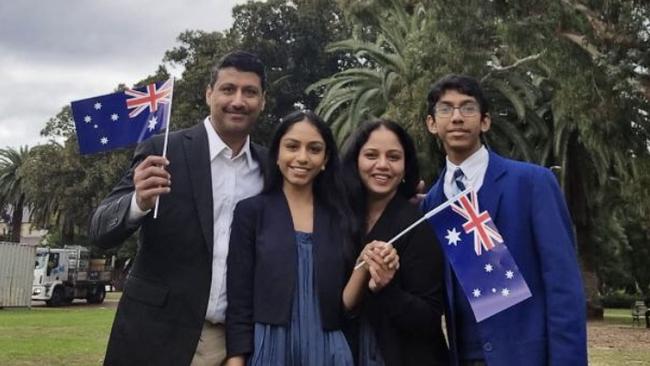
With the increase in people born overseas, the number of people who used a language other than English at home also increased to more than 5.5 million people (5,663,709), with 850,000 (852,706) of this group not able to speak English well or at all.
Mandarin continues to be the most common language other than English used at home, followed by Arabic.
The number of people identifying as Christian continues to plummet, down to 43.9 per cent from 52.1 per cent in 2016 and from more than 60 per cent in 2011. Almost 40 per cent (38.9 per cent) classed themselves as having ‘no religion’.
Hinduism has grown by 55.3 per cent to 684,002 people, or 2.7 per cent of the population. While Islam has grown to 813,392 people, which is 3.2 per cent of the Australian population.
Meanwhile, the Aboriginal and Torres Strait Islander population has also increased by a quarter since 2016 to more than 800,000 (812,728) making up 3.2 per cent of the total people counted.
The number of Aboriginal and Torres Strait Islander people aged over 65 has also increased.
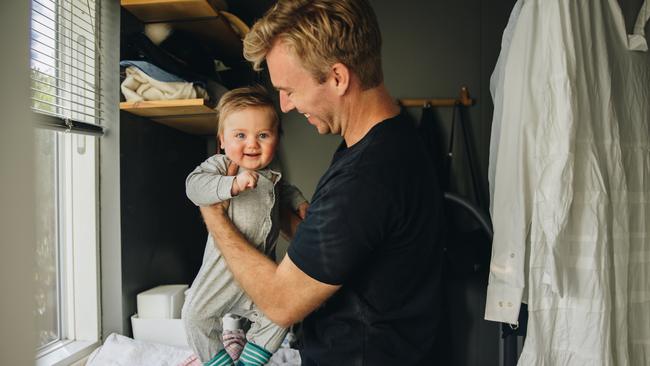
The changing profile of families was also recorded with nearly 16 per cent of families being one parent families, with four out of every five of those parents being female.
More than 46.5 per cent of Australians over the age of 15 are married, nearly 48,000 are in same sex marriages, while more than 1.8 million people are divorced and more than 670,000 are separated.
Covid may also have changed the way children are being cared for with the number of people over 55 looking after other people’s children, most likely grandchildren, dropping by 50,000 since 2016 to under 775,000.
When it comes to the nation’s health, the Census found that almost 4.8 million Aussies have a long-term health condition, with asthma and mental health the top two conditions for males and arthritis and mental health the most common illnesses for females.
Asthma was the most commonly reported health condition for children under 14.
More than half of people born in Greece (56.1 per cent) and Italy (53.7 per cent) reported one or more long-term health conditions.
“For the first time, we have data on long-term health conditions across the whole population,” Dr Gruen said.
“This is critical data to inform planning and service delivery decisions about how treatment and care is provided for all Australians”.

Dr Gruen said asking about current and former service in the Australian Defence Force (ADF) for the first time in the Census will also help authorities such as Defence, the Department of Veterans’ Affairs and community groups provide the services needed.
More than 84,800 reported as currently serving while 496,276 said they had previously served in the ADF. Less than one in seven former members are female, while one in five currently serving are women.
Two thirds of households (66 per cent) own their home outright or with a mortgage, however, the proportion of households that own outright has dropped from 40 per cent in 1996 (41.6 per cent) to 30 per cent in 2021 (31 per cent).
The types of homes we are living in has also changed.
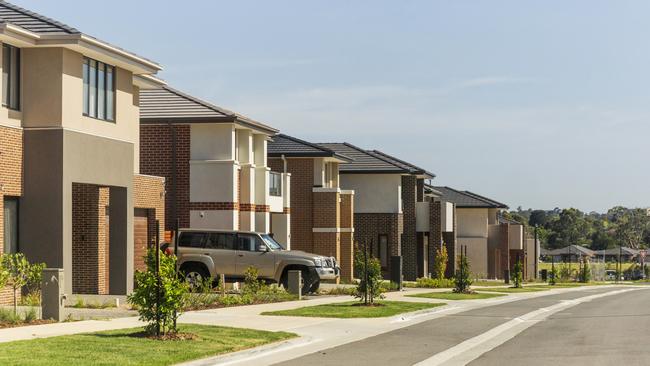
Out of nearly 11 million (10,852,208) private dwellings counted in the 2021 Census – an increase of nearly one million since 2016 – 70 per cent are separate houses, 16 per cent are apartments and 13 per cent are town houses.
More than half a million live in high rise apartments, while more than 2.5 million live in apartments.
The Census also found that more than 58,000 were living in caravans and 29,000 in cabins and houseboats.
Housing Minister Julie Collins told NCA NewsWire that the Albanese government had a plan to ensure there were more affordable houses available for Australians.
“Safe and affordable housing is central to the security and dignity of all Australians,” she said.
“It is concerning that more and more Australians are struggling to affordably rent a home. This is the legacy of the former Liberal National government.
“The Albanese government has a strong set of policies that we took to the election to help address these challenges and we are already working hard to fulfil these commitments. This is my priority.
“These policies include the Housing Australia Future Fund, which will build 30,000 social and affordable housing properties nationally in its first five years.
“We will introduce a national housing supply and affordability council to ensure the commonwealth plays a leadership role in increasing housing supply and improving housing affordability.”
The Census revealed we are also a nation of drivers, with 91.3 per cent of households having at least one vehicle and more than half two.
HOW RELIGION FARES IN 2021 CENSUS
Christianity remains our most popular religion, but it is no longer the faith of a majority of Australians, the 2021 Census data shows.
For the first time in census history, the number of Australians who ticked “Christian” on their census form has been outnumbered by the total number who said either they followed another faith, or held no religious views at all.
The Australian exodus from Christianity over the past decade has been swift and significant. In 2011, 61.1 per cent of Australian census respondents nominated Christianity as their religion; in 2016 this had declined to 52.1 per cent, and last year it fell even further, to 43.9 per cent.
Prior to the 2021 census, an online campaign urged Australians who ticked a particular religion on their census form solely out of a sense of habit or tradition to stop doing this.
Entertainer Tim Minchin was one of the celebrities attached to this campaign, telling his Twitter followers to tick “no religion” on their census form “so we don’t end up in a situation where our currently very religious government gets to use the Census to justify the religious privilege in their policy and funding decisions.”
The campaign was slammed by then Assistant Treasurer Michael Sukkar, who said it was being run by “fringe dwellers,” but it appears to have made an impact.
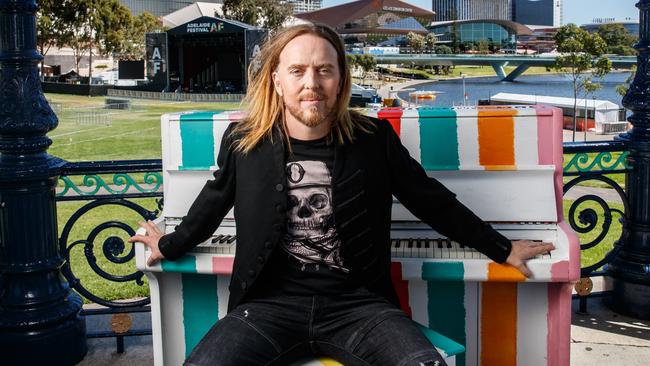
In the end, 38.9 per cent of 2021 census respondents said they had no religion, an increase from 30.1 per cent in 2016 and 22.3 per cent in 2011.
Catholicism remained the largest single religious denomination, with 20.0 per cent of the population, while almost one in 10 respondents (9.8 per cent) said they were Anglican.
A boost in immigration from India has seen the ranks of Hindus swell by 55 per cent to 684,002 people, or 2.7 per cent of the total population. Islam has also grown, to 813,392 people, or 3.2 per cent of the nation.
While the census question on religion was voluntary, it had a very high response rate, with 93 per cent of respondents completing it, a lift from the 91 per cent who completed the question in 2016.
Australian Statistician Dr David Gruen AO said the religion question “holds a special place in the Census – it is one of the few topics that has been in every one of Australia’s 18 Censuses and is the only question that is voluntary”.
“Census religion data shows a characteristic of Australia that has changed significantly over the past two decades. Knowing about the religious affiliation across the population supports local planning for facilities, goods and services for Australians who identify as religious and helps them to live according to their beliefs”,” Dr Gruen said.
ONE IN 200 MARRIAGES ARE SAME-SEX
Nearly 48,000 same-sex marriages were counted as part of the 2021 Census.
Since the legalisation of same-sex marriage in December 2017, some 23,914 same-sex couples have tied the knot in Australia, almost 25 weddings per day.
High profile Australians who have taken the plunge since then include former Liberal MP Tim Wilson, who married Ryan Bolger in March 2018 after proposing to him from the floor of parliament; AFLW star Sabrina Frederick, who wed Lili Cadee-Matthews in December 2021; and former High Court justice Michael Kirby, who got hitched to Johan van Vloten in February 2019, 50 years to the day after they first met.
The Australian Bureau of Statistics has been officially counting same-sex de facto relationships in every census since 1996, when just 10,215 couples were counted nationwide. But the numbers have been building at each census ever since, with 33,714 same-sex couples counted in 2011 and 46,769 in 2016.
The ABS has not yet revealed how many non-married same-sex couples declared their relationships as part of the 2021 census.
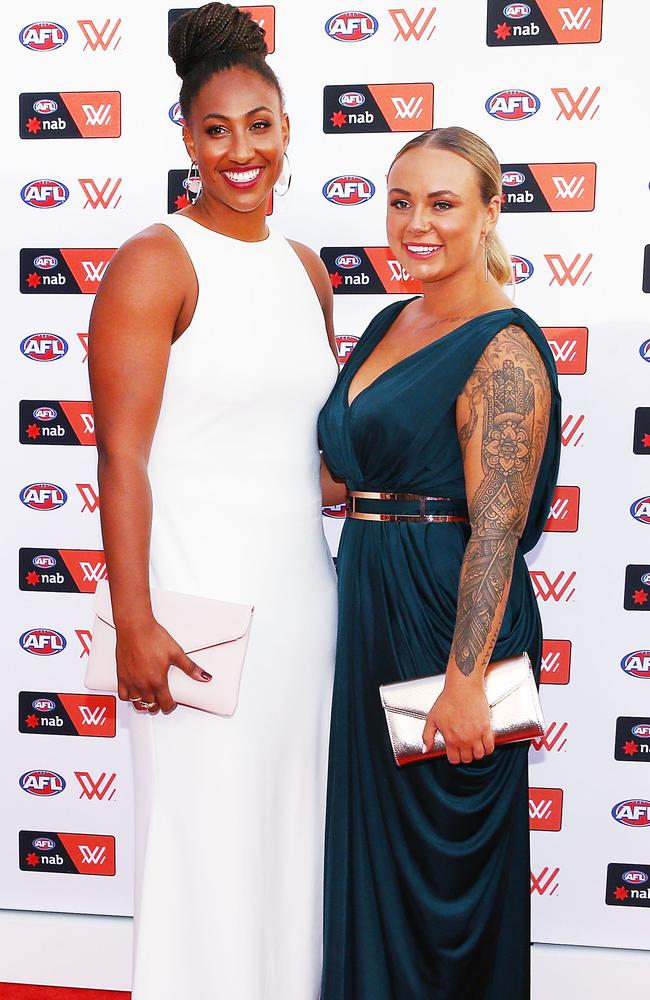
Last year’s count revealed 9.6 million Australians (46.5 per cent of the population aged 15 and above) were married – which means about 1 in 200 marriages, or 0.5 per cent, are between partners of the same gender.
The ABS also revealed more than 1.8 million Australians are divorced, more than 600,000 are separated, and just over one million are widowed. Of this latter figure, eight out of ten are female.
The 2021 Census also allowed respondents to identify themselves as non-binary, but the framing of the question was criticised by some equality groups, who said it could not meaningfully be answered by the trans and gender diverse people who did not identify in that particular way.
Shortly before Census night last year, and again today, the ABS stated it would not be reporting on the number of census respondents who ticked the non-binary box on their census form. The intention is to minimise misinterpretation of this data, the ABS said.
“Later this year, the ABS will be doing more analysis on non-binary sex responses and will be working in consultation with key stakeholders in the LGBTQI+ community to understand the complexities, data quality and usefulness of the data,” the Bureau said in a briefing note prepared for the media.
More Coverage
Originally published as Australian Census 2021: Findings reveal change in marriage, religion, housing




